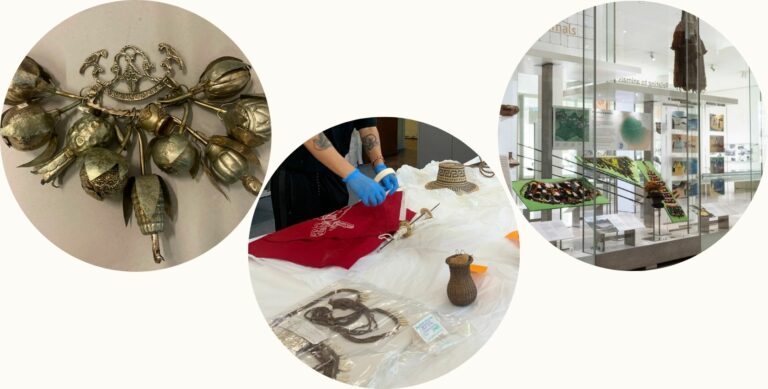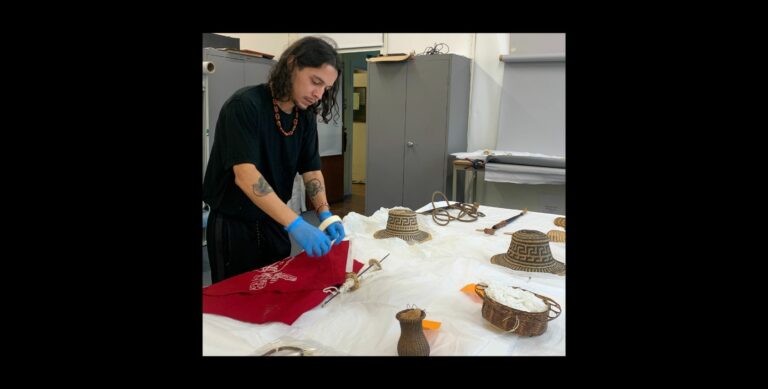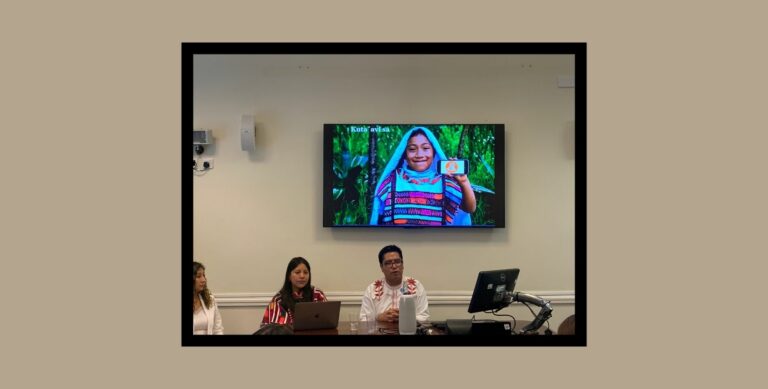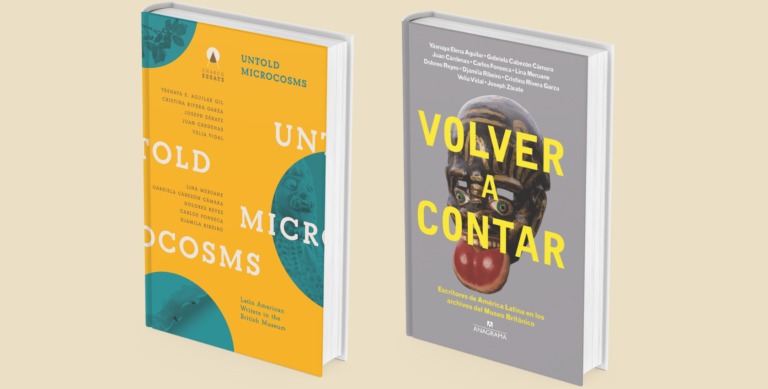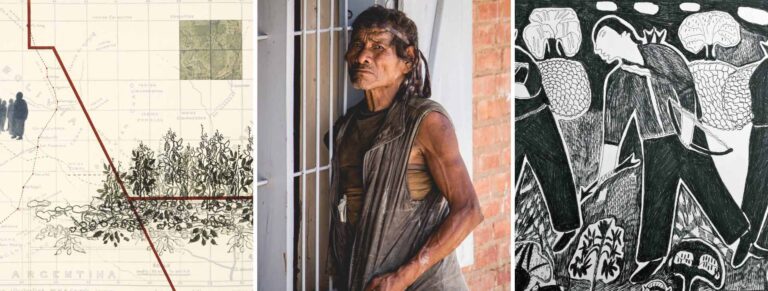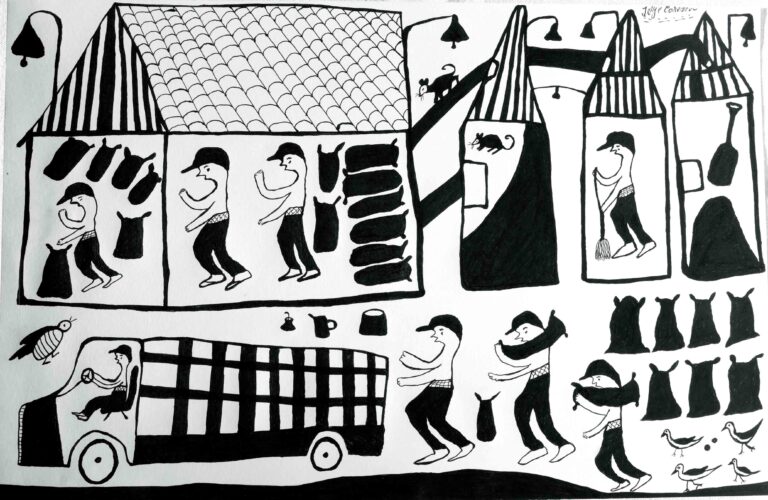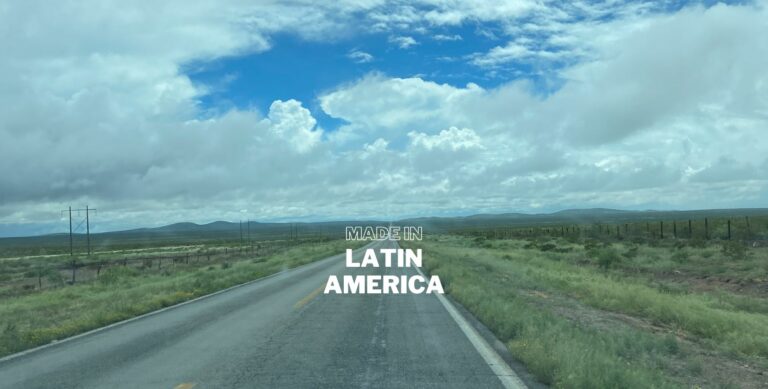
New podcast season: A road trip along the US-Mexico border
Join SDCELAR curators on a road trip across the US-Mexico border following the trail of some fascinating and impactful heritage projects with Hispanic/Latinx communities. Listen to the new season of ‘Made in Latin America’.



